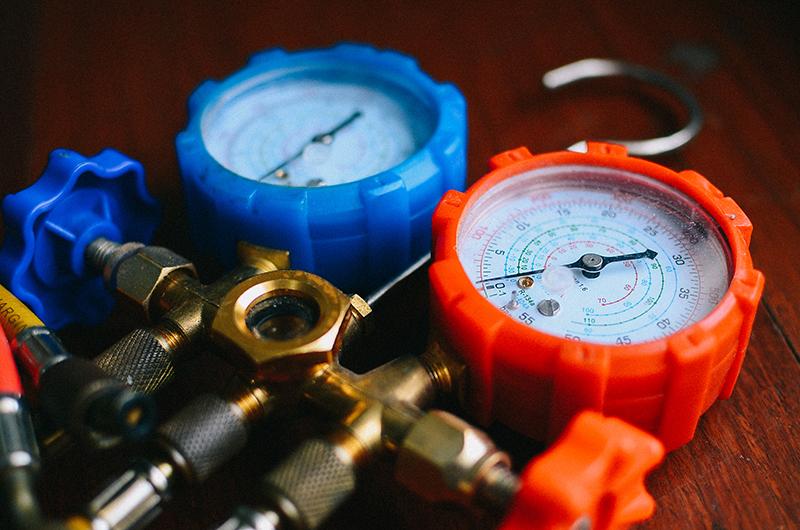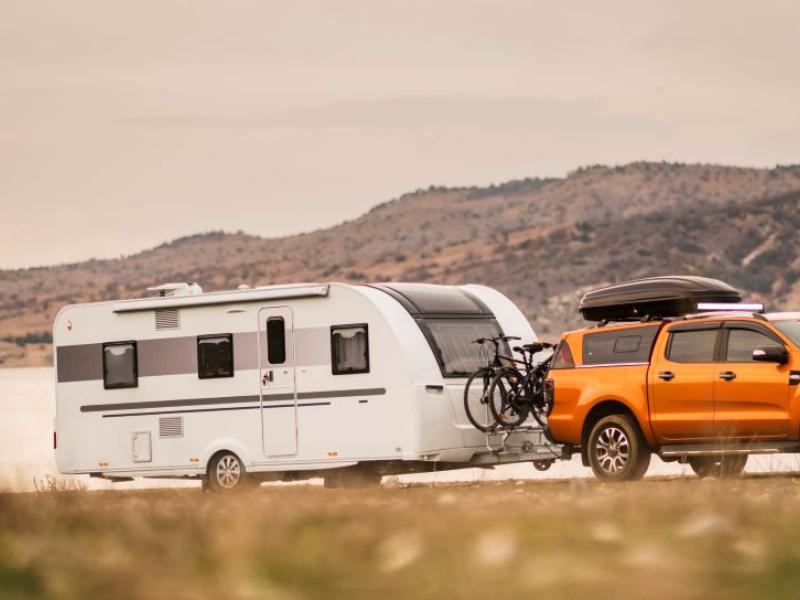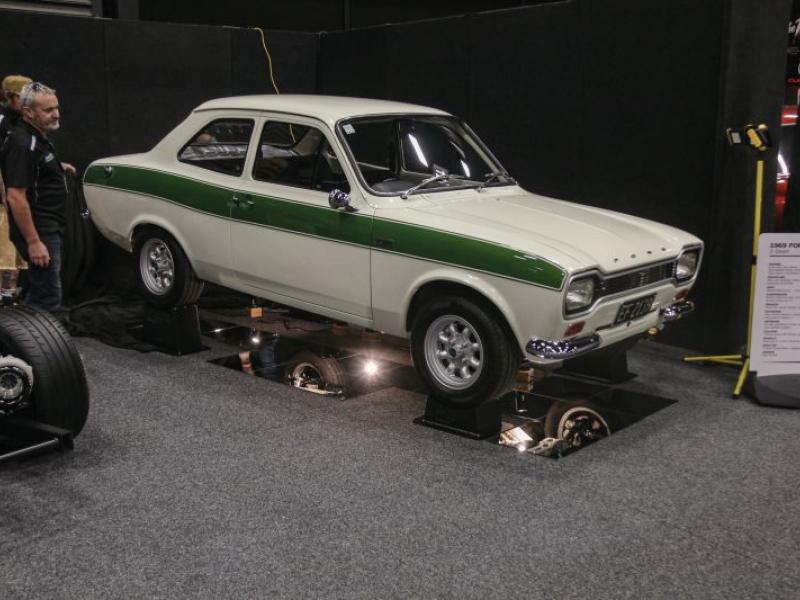Over the last 30 years there seems to be an almost continual change in the refrigerants used for automotive air conditioning systems in New Zealand. This has been driven primarily by environmental concerns both here and in the countries manufacturing the vehicles.
Until the mid-90s the R12 family was the primary refrigerant used, this is in the CFC family (chloroflurocarbons) which was held responsible for significant ozone depletion and was phased out due to this.
R12 was replaced by gases in the HFC (Hydrofluorocarbon) family most commonly R134a. As global warming became an issue it was found that R134a has a high global warming potential (GWP) of around 1430, so it too has been phased out and replaced with R-1234yf which is a hydrofluorooelifin (HFO) refrigerant which has a GWP of just 4. In EU countries all cars manufactured since 2011 must use a refrigerant with a GWP of under 150 effectively outlawing R134a for new vehicles.
Unfortunately, unlike the change from R12 to R134a which could be accommodated by seal changes R-1234yf is not backwards compatible for retrofitting in HFC-32 systems and also requires correctly specified equipment for servicing – which again is not compatible with R134a system. The refrigerants cannot be mixed, and the connection points are slightly different to ensure only the correct servicing equipment can be used. R1234yf is also considered mildly flammable so extra care is needed (and when pressurised gets a highly flammable rating. R134a can not be imported so there is a sinking lid on availability which is resulting in significant price increases.
Older refrigerants can be recovered and disposed of (it is illegal to discharge them to the air).
Cool-Safe (operated by The Trust for the Destruction of Synthetic Refrigerants) operates the Product Stewardship Scheme for Refrigerants and from 2024 the recovery and destruction of synthetic refrigerants will be covered under new legislation. They recently announced the building of a multimillion-dollar state-of-the-art plasma arc destruction facility in the Bay of Plenty due for completion in 2024. A-Gas, who operate a refrigerant lifecycle management business in New Zealand have also announced availability of PyroPlas Refrigerant Destruction technology for Australasian customers.
Repairers working with refrigerants need to be licensed and keep up with the legislative changes to ensure they are operating safely and within the latest regulations which requires having appropriate equipment. There are a number of training programmes available from the likes of AECS and OEX (Part of the GPC group).






